
January is here — a fresh start, the coldest month of the winter season, and a time for sowing the seeds of resolution for the year ahead.
As a time of dormancy in the garden, it's also the perfect time for prudent pruning without the worry of stressing your plants. The most important part of this delicate art is understanding why and how you should be pruning, so you can enjoy a breathtaking backyard come springtime.
With a little know-how, your precious plants can look their best with minimal effort and lots of reward. To find out more, we spoke with some gardening experts who list the six plants to cut back this month — a task that could be the secret to a happier backyard.
1. Fruit trees
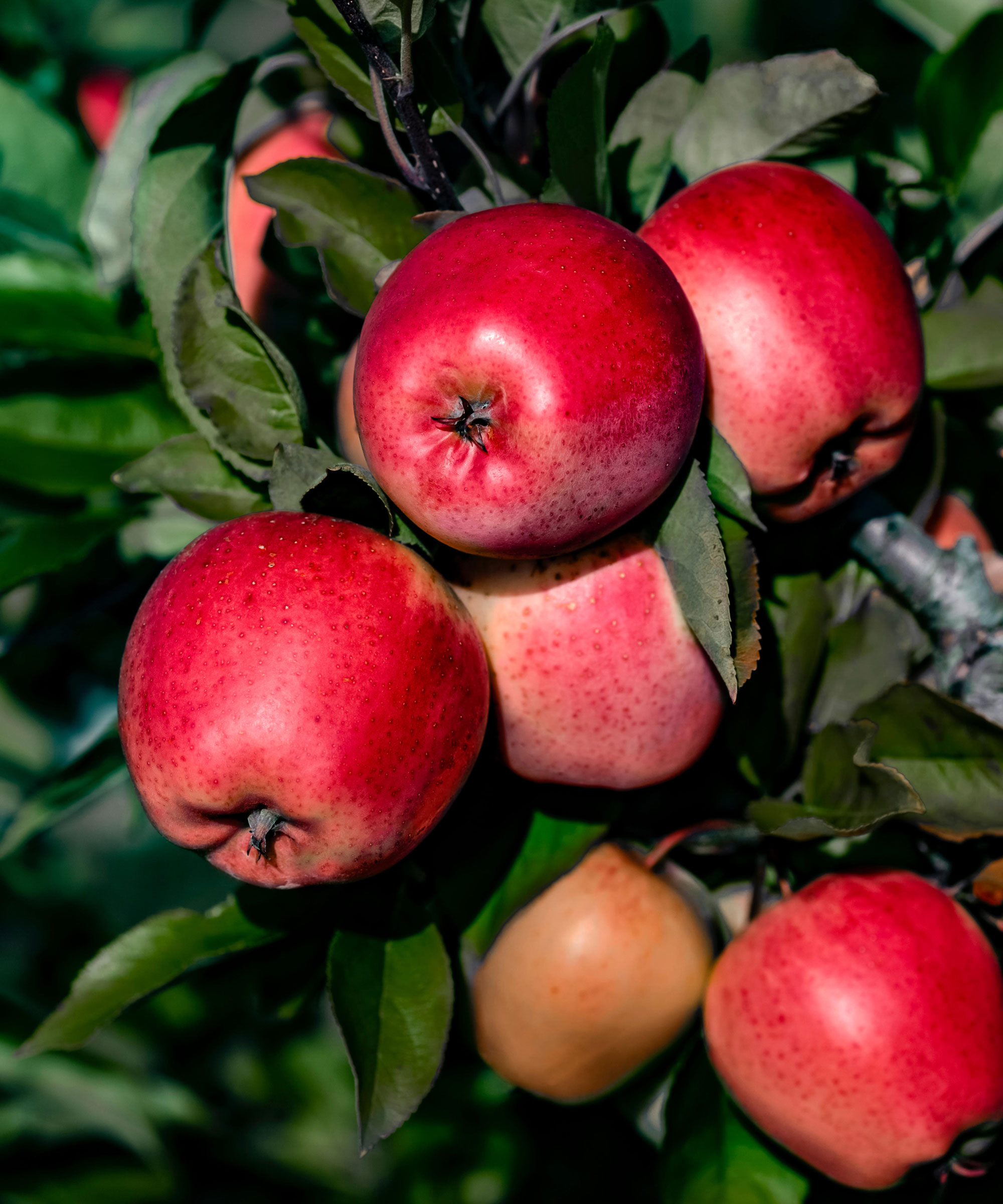
If you want your fruit tree to grow an abundant harvest come the spring, pruning during the cold month of January is the best way forward. 'Apples, pears, and other similar fruit trees are best pruned in winter. Pruning them now encourages healthy growth and fruit production,' says gardening blogger Tony O'Neill of Simplify Gardening. 'Pruning during the dormant season helps to prevent disease spread and allows for a clear view of the tree structure.'
To do this properly, make clean cuts just above a bud or lateral branch, and always use sharp shears, recommends Zahid Adnan of The Plant Bible. 'Removing dead or diseased branches promotes overall tree health and stimulates new growth,' he adds. Proper pruning of your fruit trees when they're dormant will enhance your fruit production come the season, so you can have a bountiful harvest that's perfect for homemade crumbles and tarts!
2. Roses
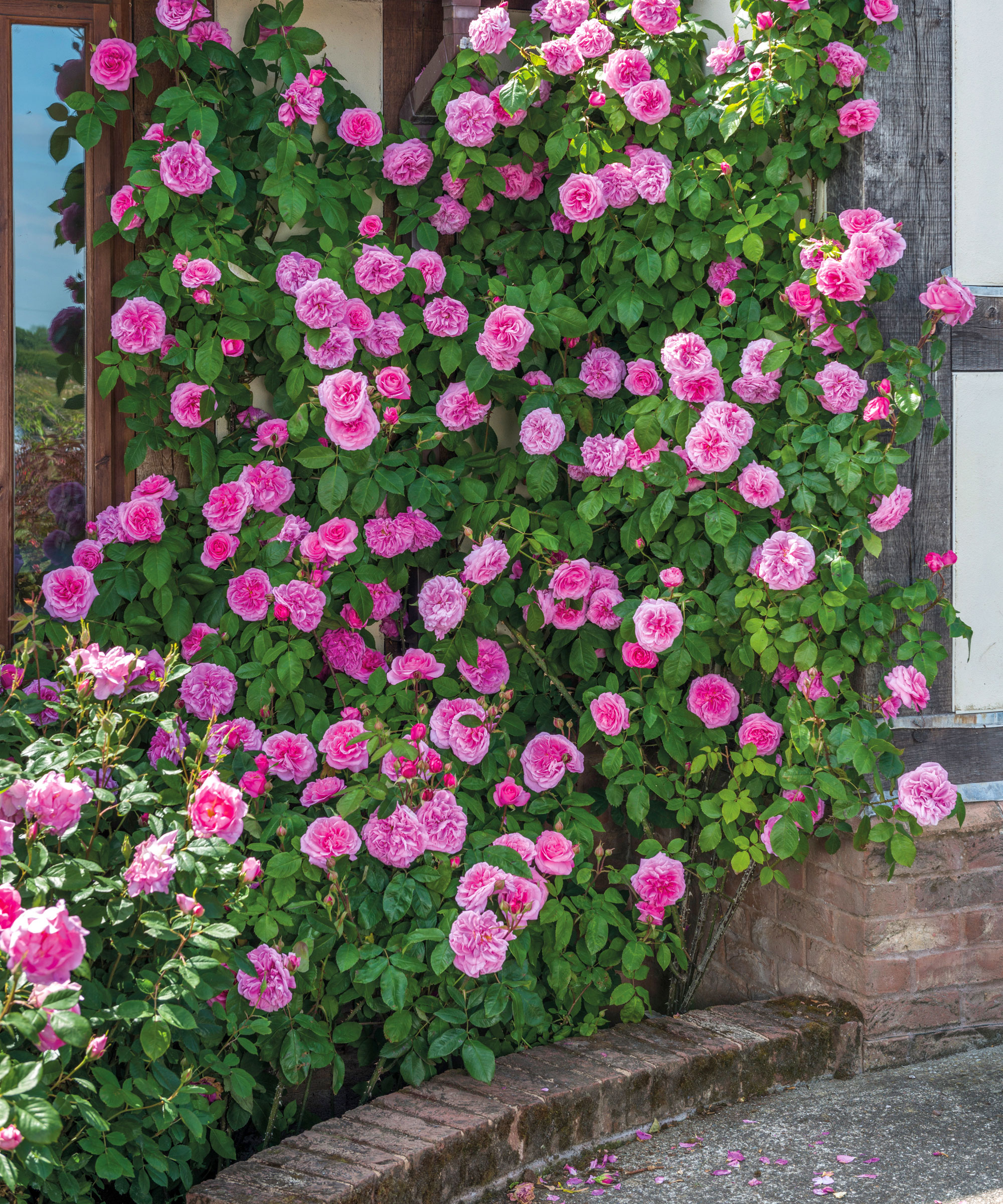
Everyone's favorite, romantic roses will look (and smell!) best if pruned in January, encouraging strong and vigorous growth come the spring. 'The goal is to remove dead or diseased wood, shape the plant, and improve air circulation,' says Tony, which will nurture fruitful flowering.
This regular winter pruning will maintain the shape of your rose bush and enhance its overall health, encouraging spectacular spring blooms in your flower beds. 'Remember to use sharp, clean pruning shears, and cut at a 45-degree angle above an outward-facing bud,' advises Zahid.
3. Grapevines
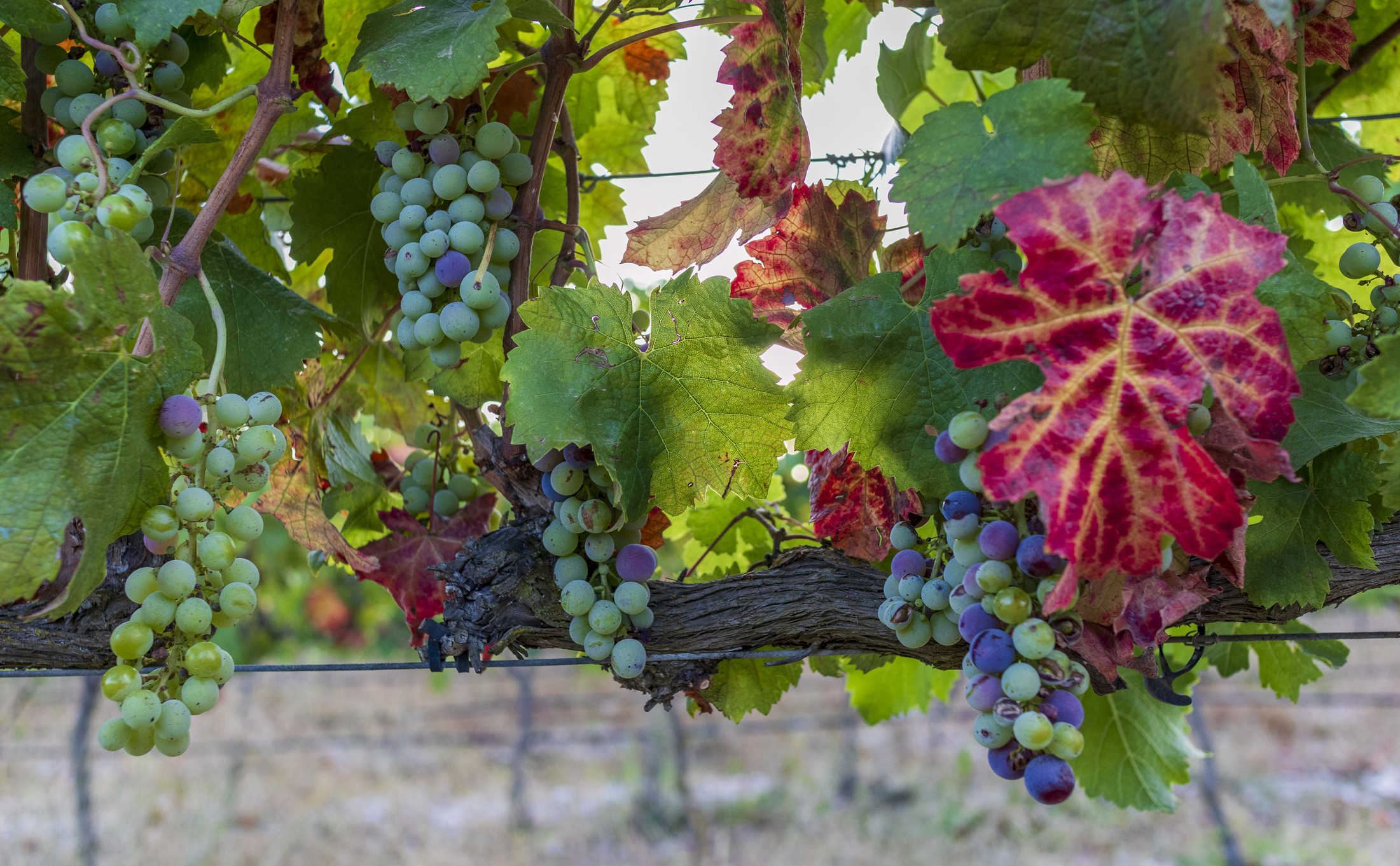
If you're a green-fingered grapevine grower, pruning them in their dormant period is crucial, and January is a great month to do so. 'Proper pruning is essential for controlling the shape and ensuring productive grape clusters,' says Tony. Removing excess growth will help maintain the shape of your vines, control growth, and promote finer fruiting.
'Trim leaving the main stems intact, and prune in a way that encourages sunlight penetrations,' suggests Zahid. 'Proper pruning enhances grape quality and makes harvesting easier.' This January pruning will produce an abundance of juicy grapes on your pergola at the end of their long growing season.
4. Summer-flowering shrubs
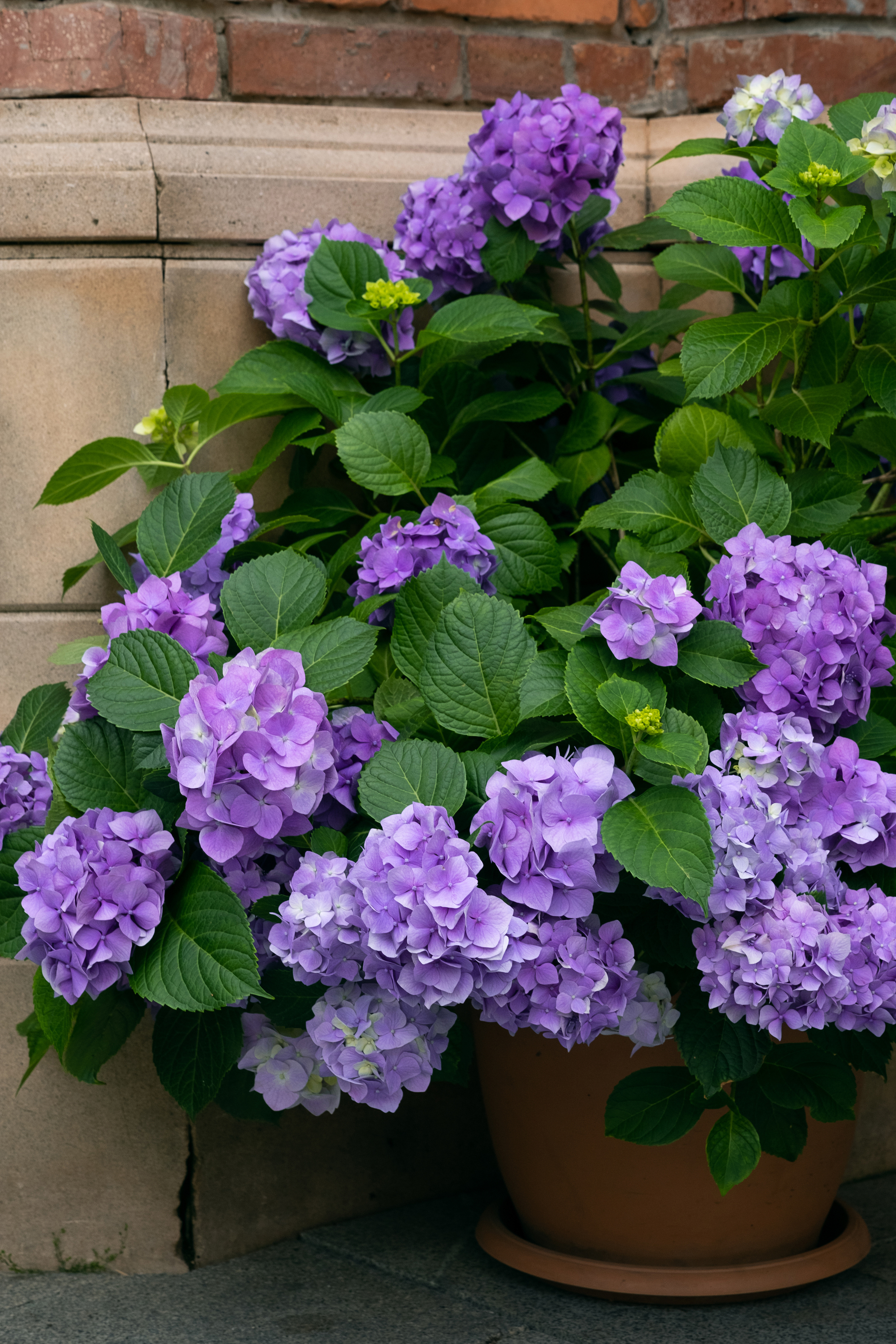
Pruning your shrubs in January can help to produce show-stopping shrubbery come summer. 'Shrubs that bloom in summer, like hydrangeas, benefit from pruning in winter,' says Tony. 'This encourages more robust growth and larger blooms.'
These vivid and eye-catching flowers also have fantastic foliage which make a real impact when nestled in your garden borders. Just wait until spring to deadhead the flowers to protect the budding growth below.
5. Deciduous shrubs
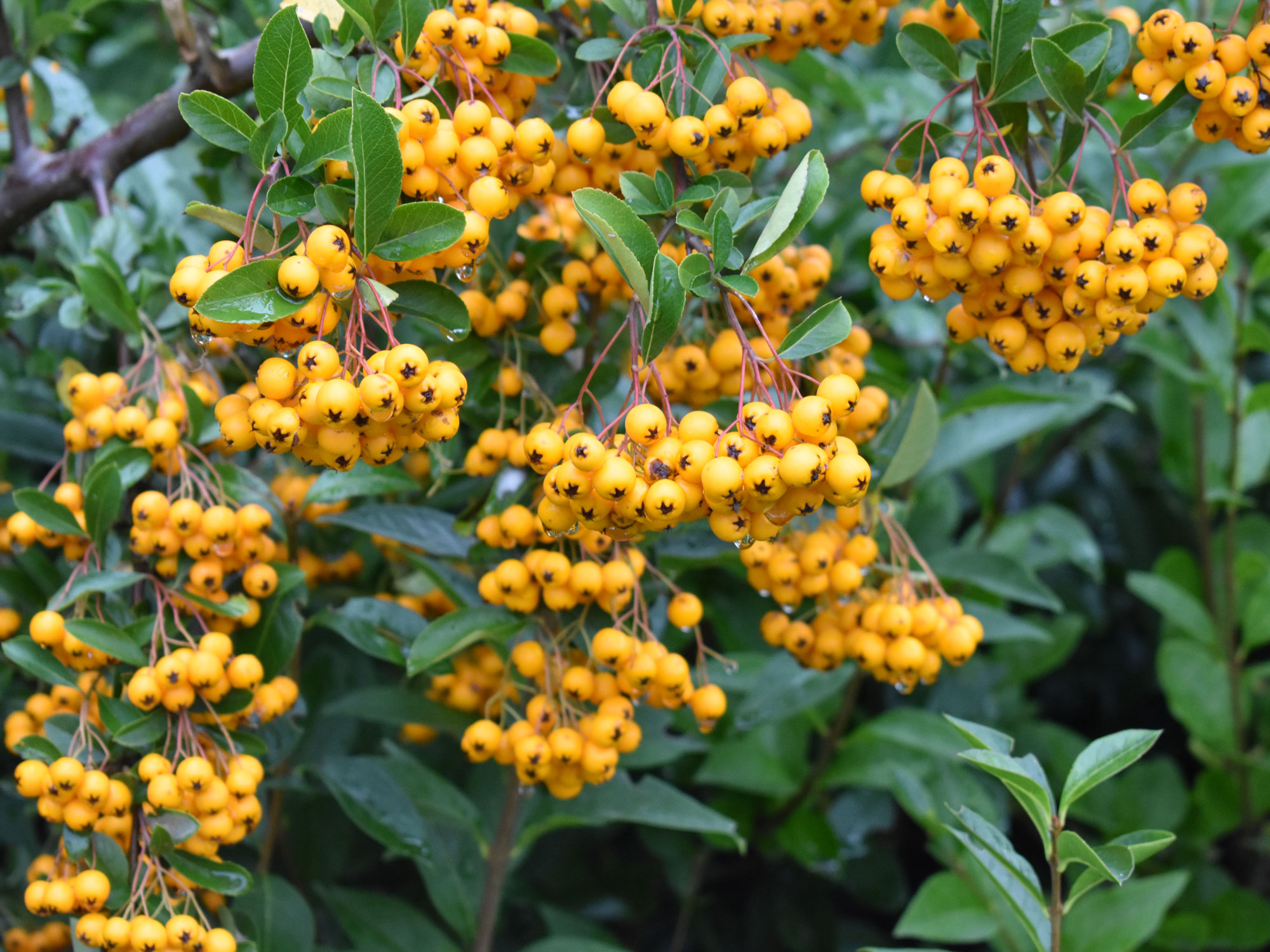
January pruning of your deciduous shrubs - such as cotoneasters, lilacs, and barberries - will promote air circulation and remove crossed or crowded branches, leading to a happy, peppy plant.
'Trim back branches using sharp pruning shears, focusing on removing older wood,' says Zahid. 'Proper pruning ensures a well-shaped shrub and encourages new growth.' These structural shrubs are a great landscaping idea for the perimeter of your property, and they'll come back year after year.
6. Ornamental grasses
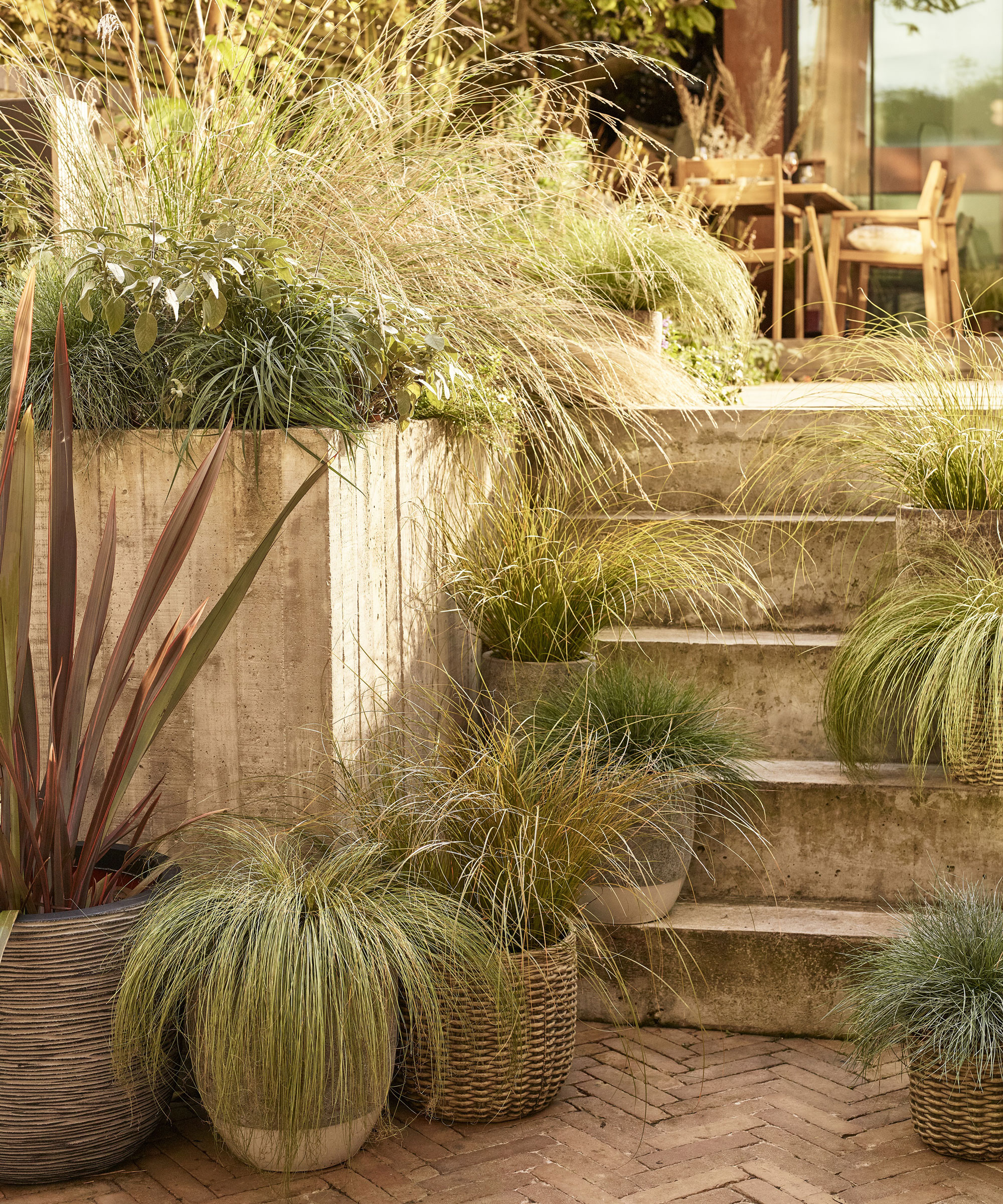
We love the ease of growing ornamental grasses, like pampas grass, to make a stunning statement in any modern garden, and cutting them back annually in January will best prepare them for a sprouting spring. 'It's best to prune them close to the ground,' says Tony.
Cutting through the grass clumps as low down as possible, using secateurs, will allow new growth to emerge, greening up your grasses and removing any dead leaves or stems.







